Design Concept
The memorial will take the form of a water feature, symbolizing unity, life, and peace. The design will incorporate elements representing the countries that made up the United British Indian Army (1898–1947) at the time. Each nation will be represented through engraved motifs, cultural symbols, or inscriptions around the fountain, creating a sense of inclusivity and shared history.
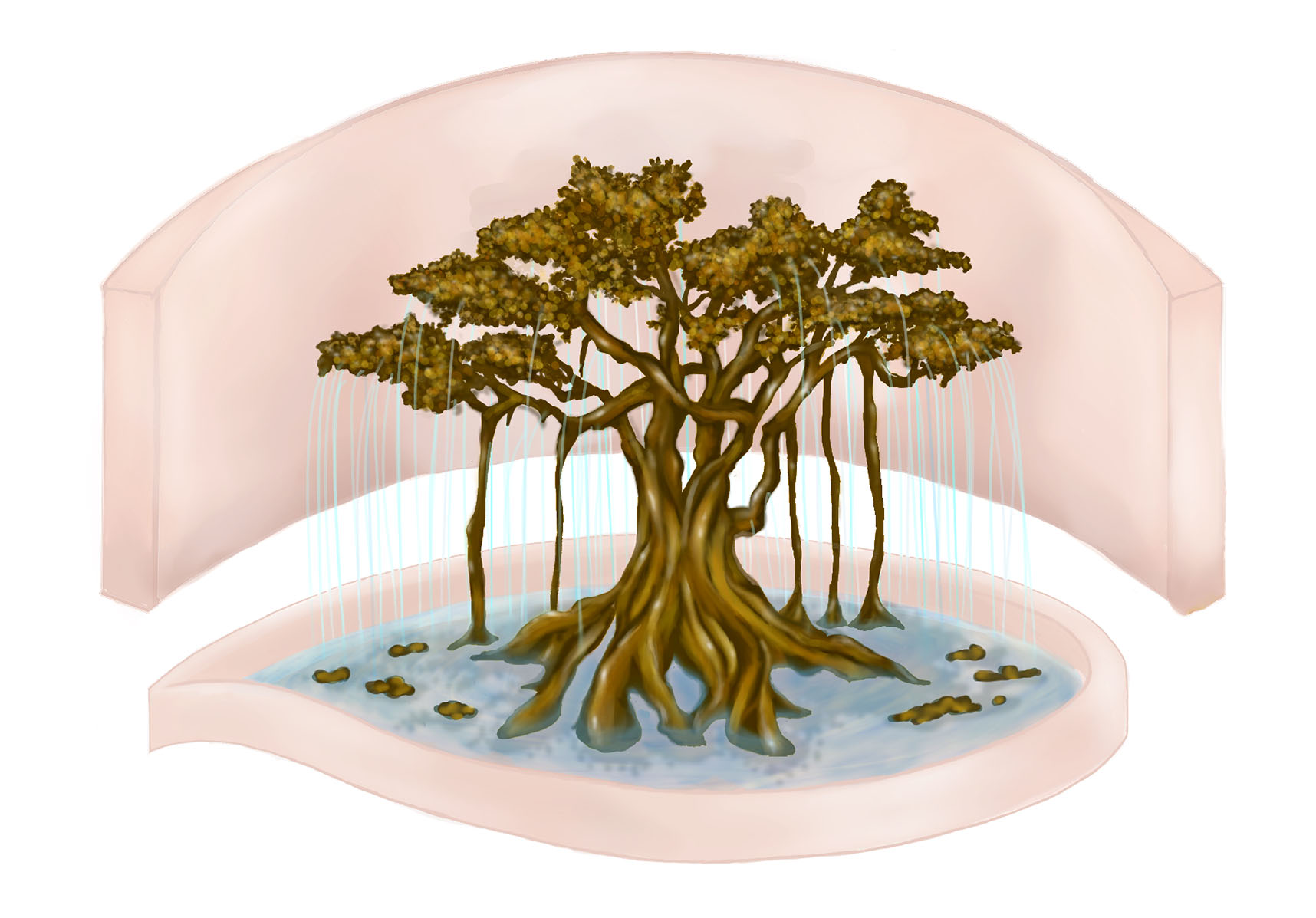
Continuous Water Flow:
- Represents the enduring memory of the soldiers’ sacrifices and the unity of nations in their collective contribution to global peace.
- The water will flow into a pool symbolizing the freedom of the world, emphasizing the soldiers’ role in securing liberty for future generations.
Engraved Motifs and Cultural Symbols:
- Around the fountain base and retaining wall, reflecting the contributions of the six nations and creating a sense of inclusivity.
Durable Materials:
- The fountain will be constructed using Cast Bronze: Banyan Tree and Floral Sculptures.
- Natural stone will be used to fashion the Buta Pond and Curved Wall. That complements the colour and shape of the Cambridge Gateway from India. and Bronze/Stainless Steel for the fountain and plaques, chosen for durability, elegance, and historical resonance. Bronze or stainless-steel elements will be used to complement the natural stone for engraved plaques, ensuring both durability and aesthetic contrast, The choice of materials will harmonise the with the existing greenery and architectural elements within Ditchburn Place, creating a cohesive integration into the landscape.
- The water feature’s base pool will be crafted from polished stone, providing a reflective surface that enhances the symbolism of peace and unity.
Fountain Centrepiece – The Banyan Tree
At the centre stands the Banyan Tree, the national tree of India, symbolising eternity. Its sprawling branches and aerial roots represent continuity and the connectedness of all living things. The Banyan Tree and accompanying Floral Sculptures will be sculpted in bronze. Water will weep gently down from its branches into the pond below, creating a symbolic and tranquil flow that echoes remembrance and peace.
The Dyson Centre for Engineering Design, Department of Engineering, University of Cambridge will both design and fabricate the plumbing and hydraulic aspects of the project, ensuring long-term functionality and sustainability integrated with artistic vision
.

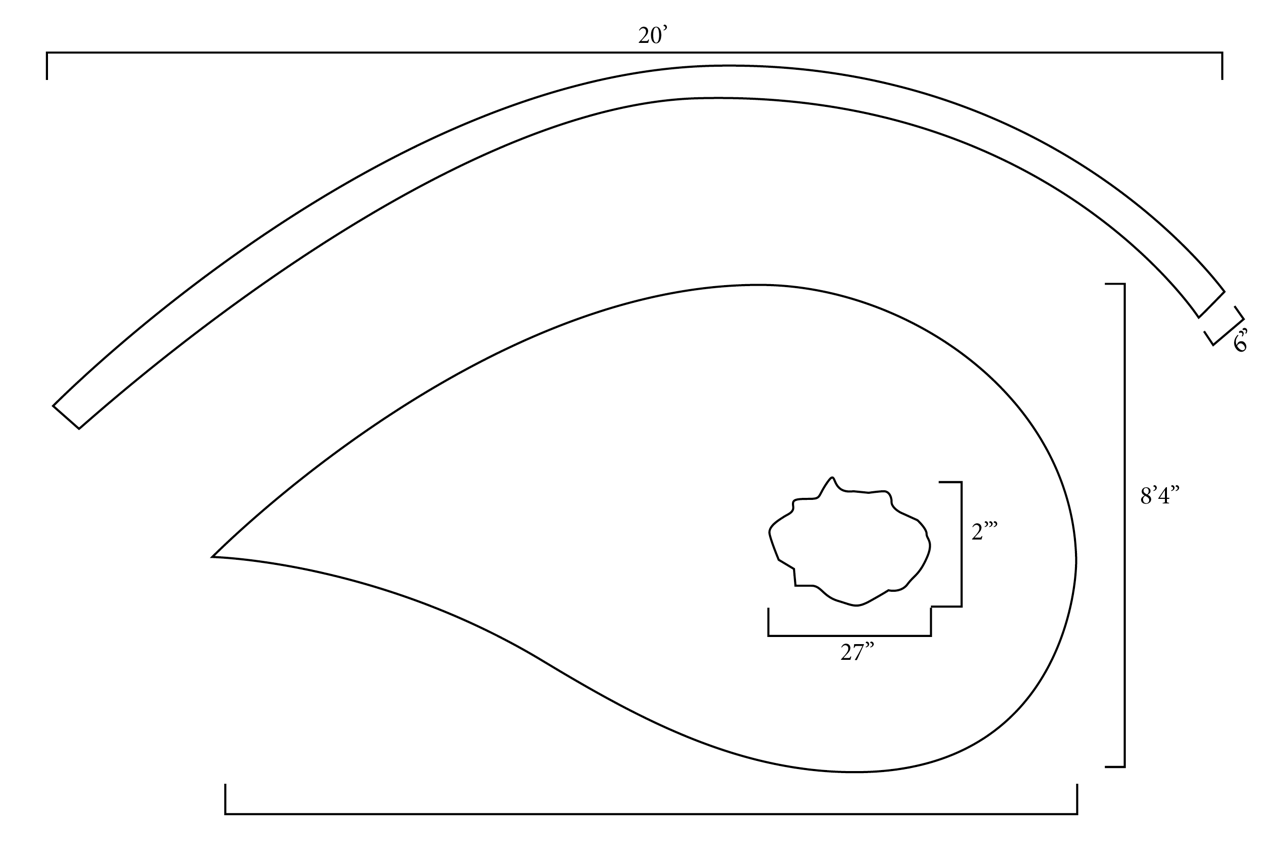
Pond Shape – The Buta (Paisley)
Surrounding the Banyan Tree is a curved teardrop-shaped pond – the Buta (Paisley), an ancient Indian symbol of life, eternity, and fruitfulness.
Floral Symbols
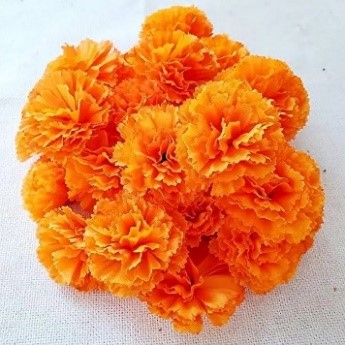
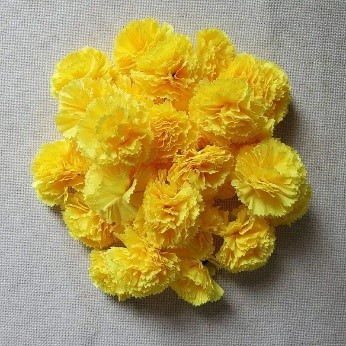 Marigold: Official commemorative flower of the United British Indian Army, representing honour and remembrance.
Marigold: Official commemorative flower of the United British Indian Army, representing honour and remembrance.
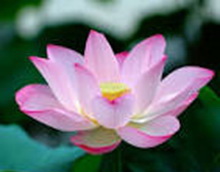 Lotus: National flower of India, symbolising purity, enlightenment, and spiritual awakening.
Lotus: National flower of India, symbolising purity, enlightenment, and spiritual awakening.
Cultural Significance: The lotus is a sacred flower in Indian art and mythology, representing purity, enlightenment, and spiritual awakening.
Symbolism: It symbolizes wealth, prosperity, fertility, and beauty.
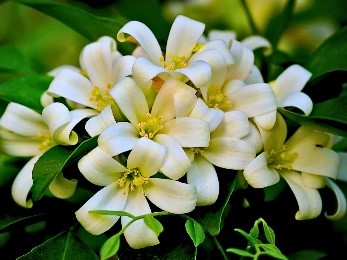 Common Jasmine (Pakistan): Symbolising grace, purity, and "gift from God".
Common Jasmine (Pakistan): Symbolising grace, purity, and "gift from God".
Cultural Significance: Jasmine is commonly used in various cultural practices, including weddings, where its fragrance and symbolism of love are celebrated.
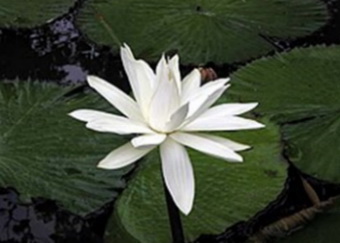 Water Lily, known as "Shapla" in Bengali, is the national flower of Bangladesh: Representing the country's rivers and purity.
Water Lily, known as "Shapla" in Bengali, is the national flower of Bangladesh: Representing the country's rivers and purity.
Cultural Significance: The water lily is deeply ingrained in Bangladeshi culture, appearing in art, literature, and religious tradition
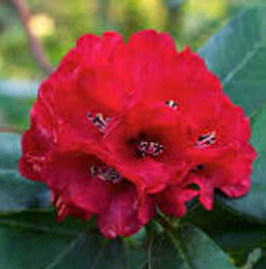 The Rhododendron: known locally as "Laliguras", is Nepal's national flower.
The Rhododendron: known locally as "Laliguras", is Nepal's national flower.
Cultural Significance: it symbolizes the natural beauty and biodiversity of Nepal. The vibrant red colour of the flower signifies the courage and bravery of the Nepali people. and triumph over adversity, reflecting the strong spirit of the Nepalese people.
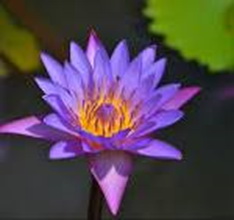 Blue Water Lily known as “Nil Manel" is the national flower of Sri Lanka: It represents the path to enlightenment and liberation. Its ability to bloom in the water while remaining untouched by the mud below is often used as a metaphor for rising above challenges with integrity.
Blue Water Lily known as “Nil Manel" is the national flower of Sri Lanka: It represents the path to enlightenment and liberation. Its ability to bloom in the water while remaining untouched by the mud below is often used as a metaphor for rising above challenges with integrity.
Cultural Significance: The Blue Water Lily holds deep cultural and spiritual meaning in Sri Lanka. It is considered a symbol of truth, purity, and discipline, reflecting the values deeply ingrained in Sri Lankan culture.
 Pterocarpus Macrocarpas (Burmese Rosewood), Padauk: is Myanmar's national flower. While the tree symbolizes strength, the flower represents, Love, loyalty, youth and romance..
Pterocarpus Macrocarpas (Burmese Rosewood), Padauk: is Myanmar's national flower. While the tree symbolizes strength, the flower represents, Love, loyalty, youth and romance..
Cultural Significance: The Padauk flower and tree hold a special place in Myanmar's culture, representing both the natural beauty of the country and its values of strength, love, and youth.
These flowers will be crafted in cast bronze, floating gracefully within the pond to represent India, Pakistan, Bangladesh, Nepal, Sri Lanka, and Burma.
Curved Wall
A gently curving wall, fashioned of Natural Stone / fine marble, will set off the fountain and provide a backdrop for reflection. Bronze or stainless-steel plaques with inscriptions and symbols will adorn the wall.
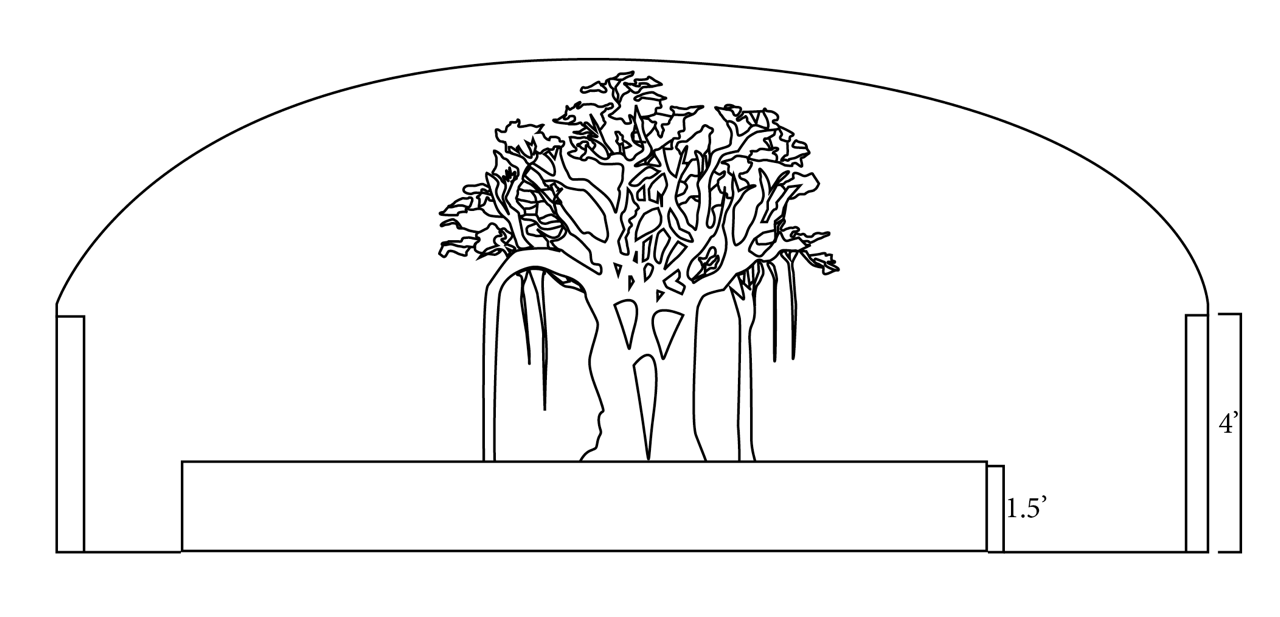
Shape and Placement

- The Curved Retaining Wall begins 1 metre deep into the boundary area and aligns with the boundary line.
- The wall curves from both end of the boundary, starting at 1.4 metres in height from both ends and gradually rising to 2.8 metres at the centre midpoint of the wall along the boundary line. The gradual rise of the wall, from 1.4m at the ends to 2.8m at the centre, signifies the journey from sacrifice to enduring legacy, culminating in a collective peak of remembrance.
- The wall reclines backwards, starting 1 metre deep at the vertical boundary ends and gradually meeting the 0.0 horizontal boundary at the centre midpoint. This design creates a sense of flow and continuity, adding depth and complexity to the structure.
- The highest point of the wall, at 2.8 metres, aligning with the boundary midpoint.
- The wall will be 12 inches (30.5cm) thick, providing both structural durability and an aesthetic sense of robustness, consists of multiple octagonal sections, creating geometric elegance.
Segmented Octagonal Design
- The wall consists of multiple octagonal sections, echoing the octagon design of the Cambridge Gateway from India, represents strength and unity, with each segment symbolizing distinct historical contributions of the nations involved.
Plaques
- Bronze or stainless-steel plaques, each measuring 18cm by 10cm will line the Retaining Wall sections, ensuring both durability and visual contrast.
Budget and Funding Plan
The projected total budget for the United British Indian Army War Memorial Fountain is currently estimated to range between £100,000 and £150,000, depending on final material selections, casting requirements, landscaping scope, and technical installations. Funding is being pursued through a combination of sources:
- Grant applications to national and heritage funds
- Local and international community contributions
- In-kind support from academic partners and engineering collaborators
- Crowdfunding and philanthropic sponsorships coordinated through Mill Road Traders CIC
This blended approach aims to ensure transparency, sustainability, and community ownership of the project.
Acknowledgements
The vision for this memorial fountain is that of Colleen McLaughlin Barlow, Cambridge-based sculptor. Her design featuring the national tree of India, the Banyan, as well as the national flowers of the countries whose men fought in the United British Indian Army in both world wars, and utilizing the ancient Indian symbol, the “buta” for the pond shape, was chosen by the project committee for its powerful blend of meaning, cultural/historical significance and beauty.
McLaughin Barlow’s work is featured in both private and public collections including the National Collection of Ireland, Cambridge University and the Vatican.
Collaborating Institutions and Experts
Dyson Centre for Engineering Design, Department of Engineering, University of Cambridge We are delighted that the Dyson Centre has joined the memorial project as a contributing partner. They will both design and fabricate the plumbing and hydraulic aspects of the project. This state-of-the-art facility supports engineering creativity and innovation and will provide technical expertise and prototyping capabilities to help realise the functional and sustainable aspects of the fountain's design. The Dyson Centre is equipped with modern computer-controlled machinery, 3D printers, laser cutters, and a full suite of mechanical and electronic design services. Their involvement will provide valuable engineering expertise, fabrication assistance, and access to specialist contractors frequently used by the University, ensuring the highest standards in craftsmanship and durability.
Anglia Ruskin University (ARU): Through ARU’s Live Brief Programme, students will contribute to signage and narrative installations, enriching both their academic work and community engagement. This initiative will allow students, particularly from the Cambridge School of Art, to engage with this important community-led project. The students' work will focus on creating signage, information plaques, and narrative installations that complement the memorial, contributing meaningfully to both the community and their final degree work. This collaboration will further enrich the educational and community engagement dimensions of the memorial.
Bronze Age Foundry — East London. One of London’s most established and respected bronze foundries, Bronze Age has over 30 years of experience casting sculpture, reliefs, and plaques for artists across the UK. Their team brings an unmatched level of craftsmanship, and their involvement in the casting and finishing of the Banyan Tree sculpture ensures world-class quality and attention to artistic integrity.
Engineering and Technical Advisory Team
As this memorial project progresses into more advanced design and implementation phases, we are proud to acknowledge the support and contributions of several distinguished collaborators and experts:
Dr. Richard Roebuck – Senior Design Engineer and Manager, Dyson Centre for Engineering Design. Dr. Roebuck brings extensive expertise in vehicle dynamics and mechanical systems and now leads undergraduate engineering innovation at the Dyson Centre. He is a Fellow and Director of Studies at the University of Cambridge and will oversee technical aspects related to structural design and materials implementation.
Mr. Barney Coles – Workshop Manager (Mechanical), Dyson Centre for Engineering Design. As Head of Design & Technical Services, Mr. Coles supports both academic and research teams in designing and fabricating complex mechanical systems. He will be engaged in guiding mechanical manufacturing processes, prototyping, and technical coordination with other project contractors.
Dr Claire Barlow — Emeritus Professor of Engineering, Cambridge University. An expert in sustainable materials usage, eco-efficient manufacturing, and industrial symbiosis. Dr Barlow brings invaluable knowledge in materials life-cycle management and sustainability strategies. Her work ensures the environmental integrity and long-term efficiency of the fountain’s material and water systems.
Dr Jim Woodhouse — Emeritus Professor of Engineering, Cambridge University. Dr Woodhouse brings his significant experience in dynamic systems and mechanical design to help develop the internal hydraulic and maintenance framework of the bronze sculpture. His insights are crucial in designing an elegant, efficient, and maintainable water system within the sculpture. His work ensures the aesthetic goal of the sculpture "weeping" water, symbolising remembrance and emotion, is executed with technical accuracy.
Professor Allan McRobie — Professor of Structural Engineering, Cambridge University. Renowned for his research in structural dynamics and creative integration of form and function, Professor McRobie offers specialist guidance in structural safety and fluid dynamics. He will advise on the architectural and hydraulic flow challenges of the bronze banyan tree sculpture and water delivery system. He has contributed expertise on the controlled ‘weeping’ water effect, fountain balance, and subtle hydraulic flow that reflects the symbolic ‘tears’ of remembrance.
Dean Goodchild — Principal, Cantab Design Ltd. Providing architectural design and technical consultancy, Dean has helped ensure the landscape design, access routes, and spatial flow complement both the aesthetics and practical demands of the fountain site. His architectural vision supports seamless integration with the historic surroundings.
Jon Baxter — Structural Engineer. A sustainability-focused structural and hydraulic engineer with experience in infrastructure asset management, systems reliability, and carbon-efficient materials. Jon’s contributions support the longterm resilience, maintainability, and sustainability of the structure. His quantitative approach to environmental analysis will support the development of low-impact infrastructure systems within the memorial design.
Skyla Wang — Illustrator & Graphic Designer. Skyla Wang has contributed illustrations and design visuals for the memorial proposal. Her artwork has helped capture the emotional and symbolic vision of the fountain, supporting the presentation and communication of the project’s cultural and artistic significance
